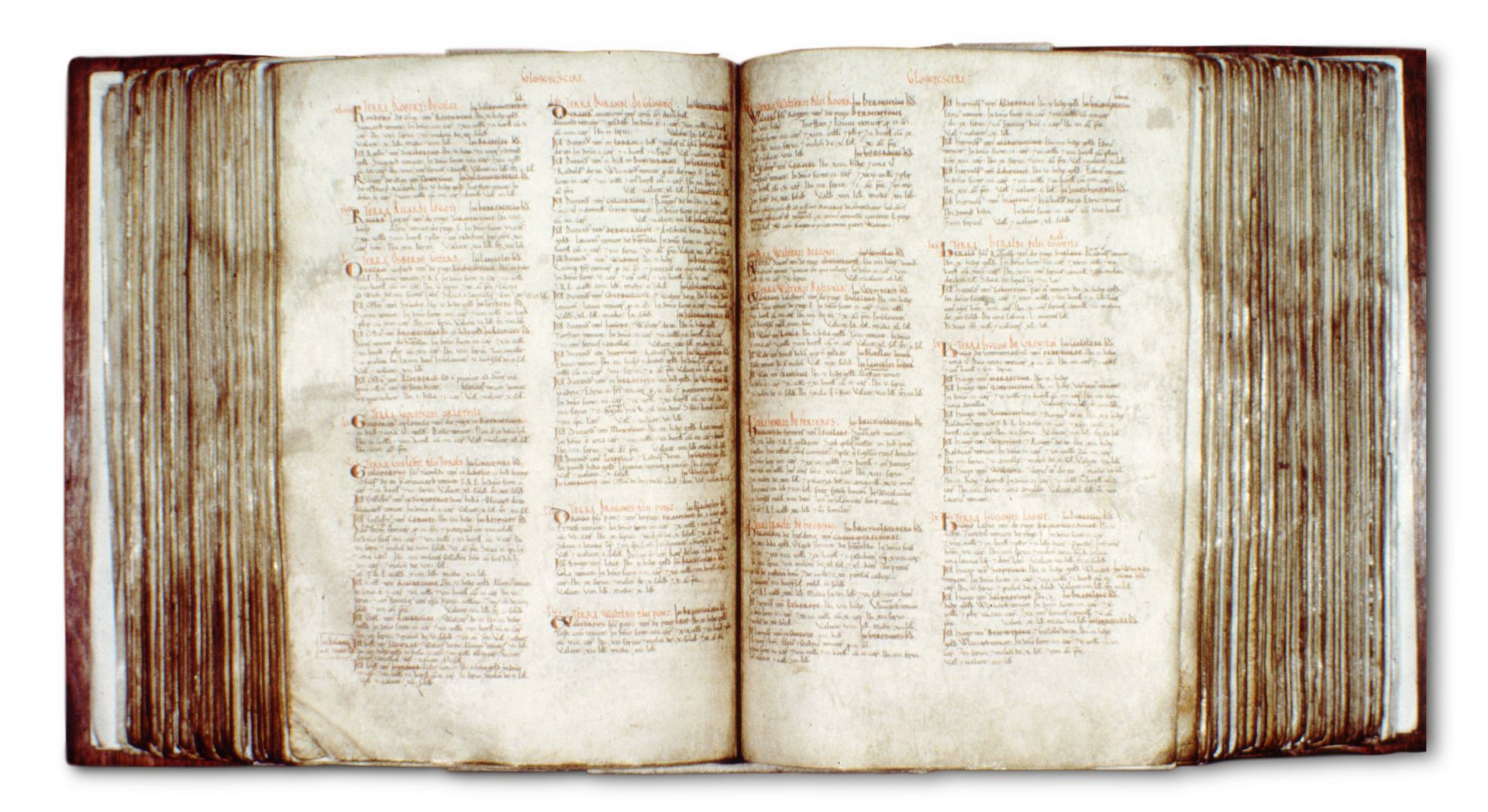


There were several of these - church properties answerable directly to the pope via the king, excluding the authority of the bishop. Unfortunately Stigand fell out with the king over the 'royal peculiars' in his diocese. He set about moving to Chichester in 1075 and is thought to have achieved this by 1082, when he first used the title Bishop of Chichester. Bishop Stigand of Selsey appears in the records by 1070. This new Norman bishop is not to be confused with the deposed Archbishop Stigand of Canterbury. King William chose his personal chaplain, Stigand, to replace Aethelric II of Selsey, one of the deposed English bishops. Having assisted the succession to the throne of William Rufus, despite violent opposition, Lanfranc performed the coronation. In 1075 Lanfranc suppressed an almost fatal blow to William's kingship, the 'revolt of the earls'. Lanfranc was one of those who governed England during the lengthy periods when the king was away. The issue was resolved in Lanfranc's favour by a council of the English church in 1072. Lanfranc's claim to rule the whole English church was disputed by the archbishop of York. From this position of influence, it was a natural step for Lanfranc to succeed Archbishop Stigand of Canterbury, the discredited Englishman deposed in 1070. This was one of the two Norman abbeys founded by the duke in return for the pope's blessing for his marriage. Much pleased, Duke William awarded Lanfranc the abbacy of St Stephen's in Caen. Already a celebrated figure in 1059, Lanfranc negotiated the pope's confirmation of Duke William's marriage to Matilda of Flanders after others had failed for seven years. After three years of total seclusion there, he opened a highly influential school and became the prior of Bec. In 1042 he became a Benedictine monk at the Norman abbey of Bec. A good education enabled Lanfranc to take up teaching in France and then in Avranches, Normandy. His father is thought to have been a magistrate. King William died in 1087, repenting of several of his most brutal acts including the terrible 'harrying of the north'.Īrchbishop Lanfranc rose from obscurity as an orphan in Pavia, Italy. William proclaimed that King Harold had usurped the throne from him and therefore attacked Harold in 1066. William claimed the English throne through his great aunt Emma, the Norman mother of the childless English king, Edward the Confessor. The pope could not be persuaded to overcome his objections to the marriage for seven years. Duke William sought the pope's blessings for his marriage but discovered that there was a serious impediment, which is not entirely clear today. Matilda's mother was Adela, daughter of King Robert II of France. In about 1052 he married Matilda, daughter of Count Baldwin V of Flanders. William beat down rebellions and attacks and set about extending Normandy's power in Europe. He was lucky to succeed his father and survive. William was left as a 'bastard' child aged eight in 1035, in the hands of a brutally ambitious aristocracy. Robert seems to have murdered his older brother, Duke Richard and then gone off to the Holy Land in penance, never to return. He was the illegitimate son of Duke Robert of Normandy and Herleve, probably a tanner's daughter. William kept perhaps one fifth of land 'in lordship' for himself to generate his personal income and to keep places around the country that he could call home. He held England and everyone held their land either directly from him or from someone else who did. William the Conqueror hardly needs an introduction. Tenants-in-chief (St Edward's Abbey is not shown here) So who were these privileged few?Īn extract from the Domesday Book, showing a list of Sussex Only fifteen people held manors in Sussex as tenants in chief of the king. The Domesday Book was a record of England's landed wealth. Who were the big names in the Sussex Domesday Book?


 0 kommentar(er)
0 kommentar(er)
